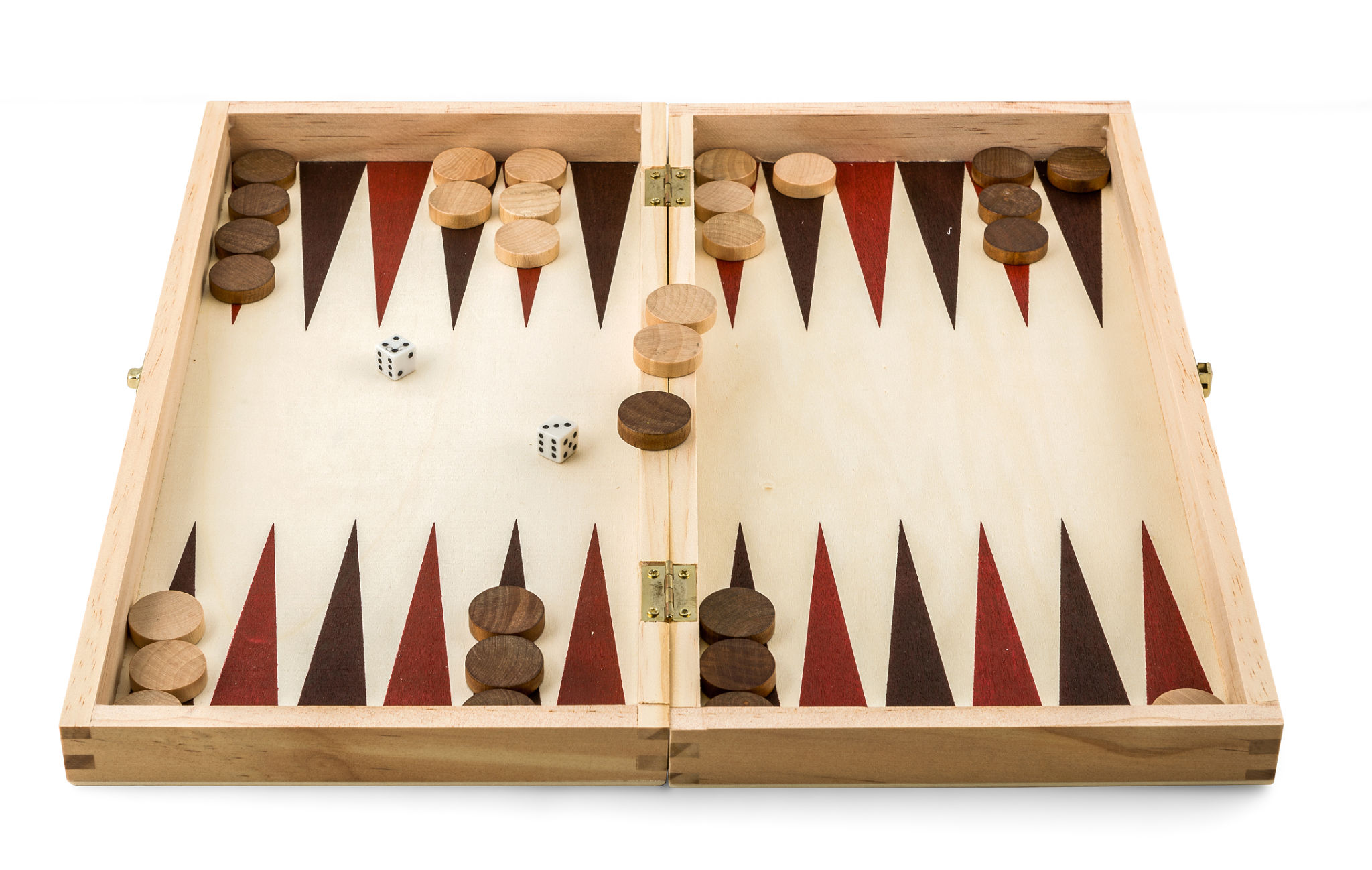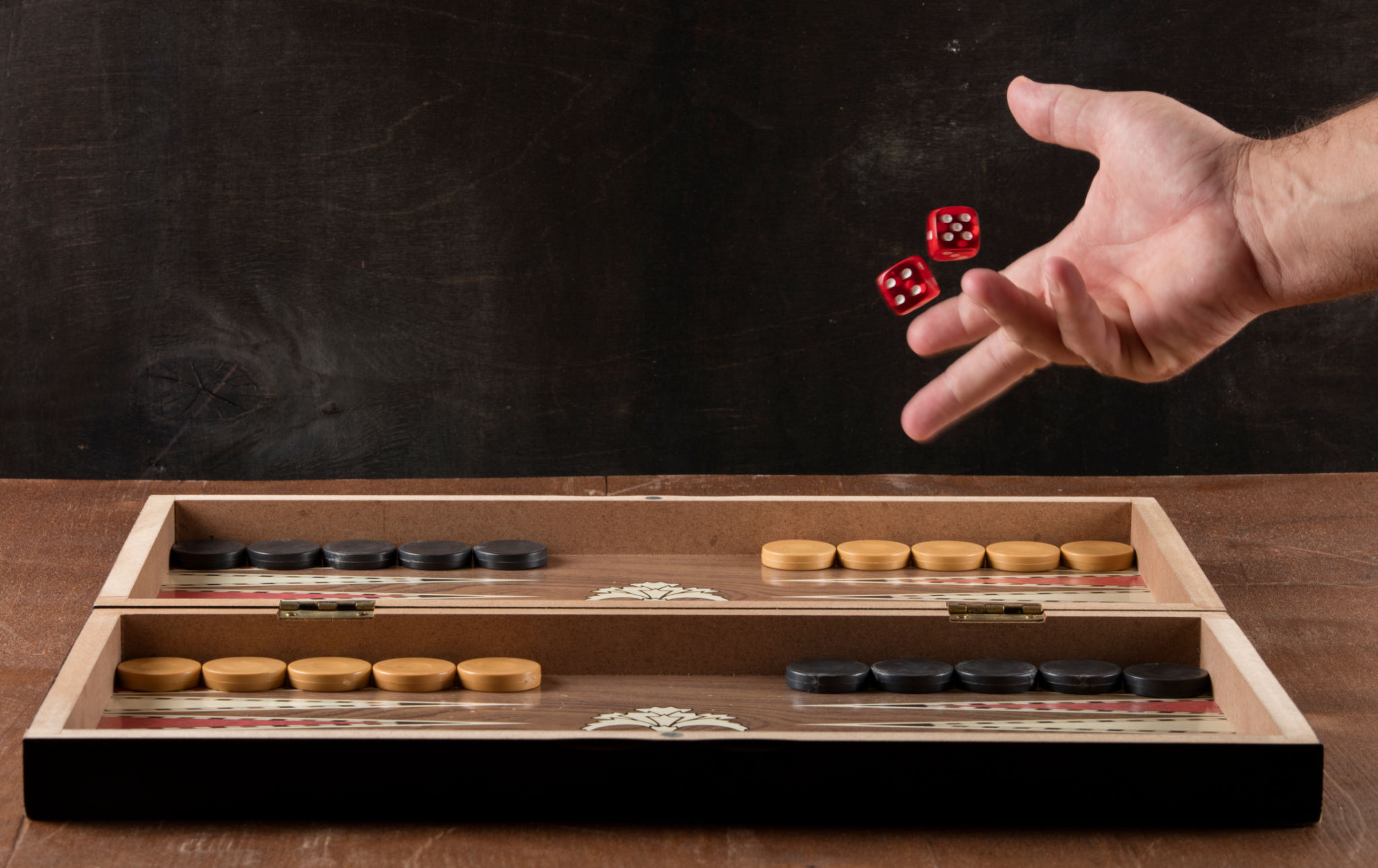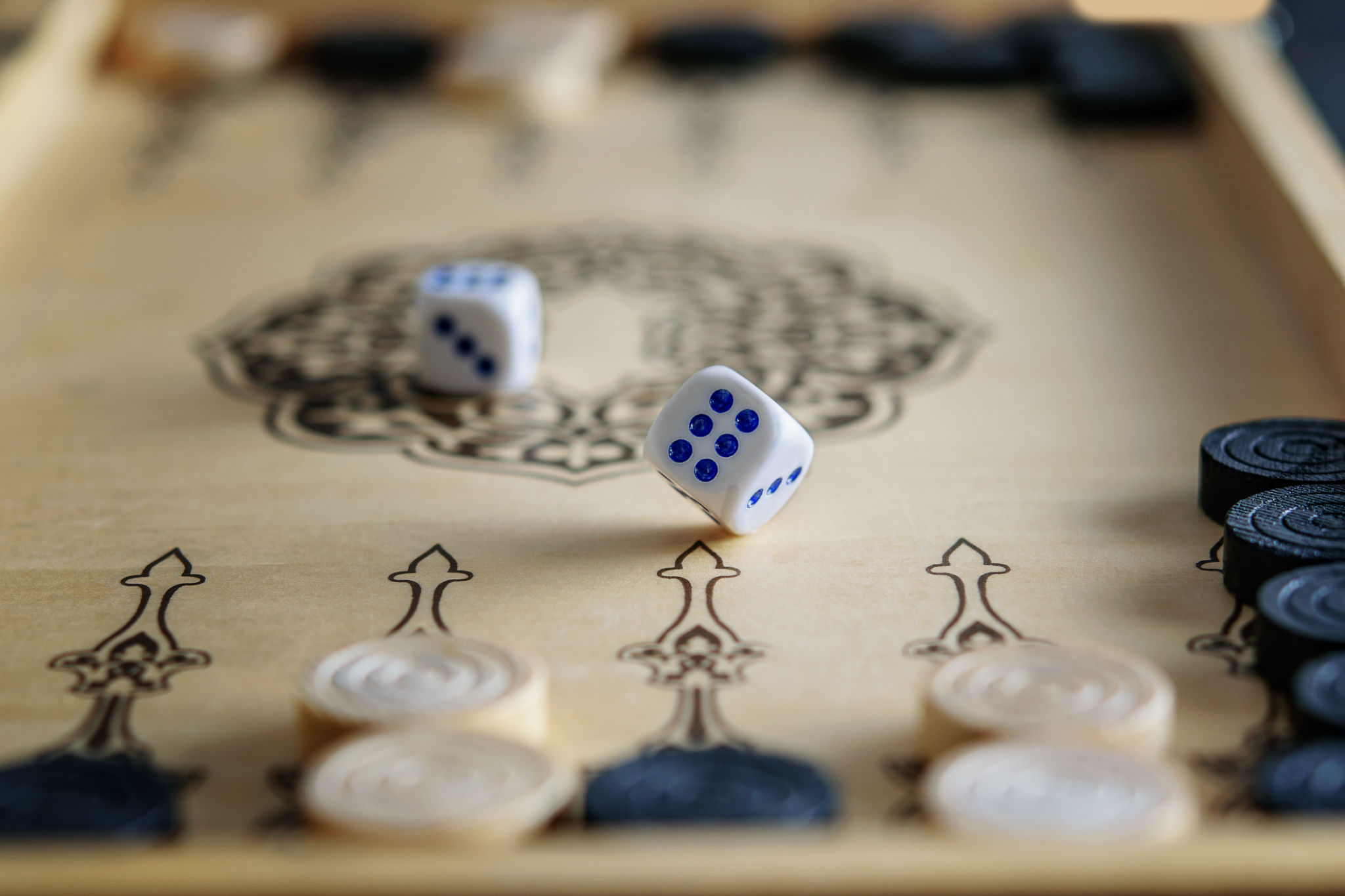Backgammon Strategies: Advanced Techniques to Win More Games
Understanding the Opening Moves
In backgammon, mastering the opening moves sets the tone for the entire game. The first few moves can often determine the pace and structure of the game. It's crucial to establish a strong board position early on. Focus on building a robust home board, which can help you trap your opponent's pieces and make it challenging for them to escape.
One effective strategy is to aim for a "prime" formation, which is a consecutive series of blocks that hinder your opponent's checkers from advancing. The ideal prime is six points long, but even a four or five-point prime can be formidable.

Mastering the Middle Game
As the game progresses into the middle stage, it's important to reassess your strategy and adapt based on your position and your opponent's moves. The middle game is where strategic thinking and tactical adjustments come into play. Focus on maintaining flexibility in your positions and be ready to switch strategies if necessary.
One advanced technique is the "back game" strategy, which involves holding onto anchors in your opponent's home board and waiting for the right moment to strike. This approach can be risky but rewarding if executed correctly, as it allows you to capitalize on your opponent's mistakes.

Strategic Doubling Decisions
The doubling cube is a unique element in backgammon that adds an extra layer of strategy. Knowing when to offer or accept a double can dramatically change the outcome of a game. A key advanced technique is to evaluate your position carefully and assess whether a double can force your opponent into making mistakes.
When considering a double, remember the concept of "market losers" — situations where you might lose the opportunity to double in subsequent turns because your position has improved too much. Use the doubling cube strategically to put pressure on your opponent and increase your chances of winning.

Effective Bearing Off Techniques
As you approach the endgame, bearing off efficiently becomes crucial. The primary goal during this phase is to remove all your checkers from the board before your opponent. Advanced players pay close attention to pip count — the total number of spaces needed for all their checkers to come off the board — and adjust their strategies accordingly.
Avoid leaving gaps that could give your opponent an opportunity to hit and delay your progress. Instead, aim to fill higher points first while keeping your checkers evenly distributed across the board.
Handling Difficult Situations
Even with advanced techniques, you may find yourself in challenging situations. Learning how to handle difficult positions with composure can make a significant difference. When faced with a tough decision, consider the potential outcomes of each move and choose the one that minimizes risk while maximizing opportunity.
Being able to recover from difficult positions is a sign of an experienced player. Stay focused, adapt your strategy, and look for opportunities to turn the game in your favor.

Conclusion: Continuous Improvement
Backgammon is a game of skill, strategy, and sometimes luck. To consistently win more games, it's important to continue learning and refining your techniques. Study professional-level games, analyze your past games, and identify areas for improvement.
By incorporating these advanced techniques into your gameplay, you'll not only enhance your strategic thinking but also increase your chances of success on the board. Remember, practice makes perfect — so keep playing and honing your skills!
